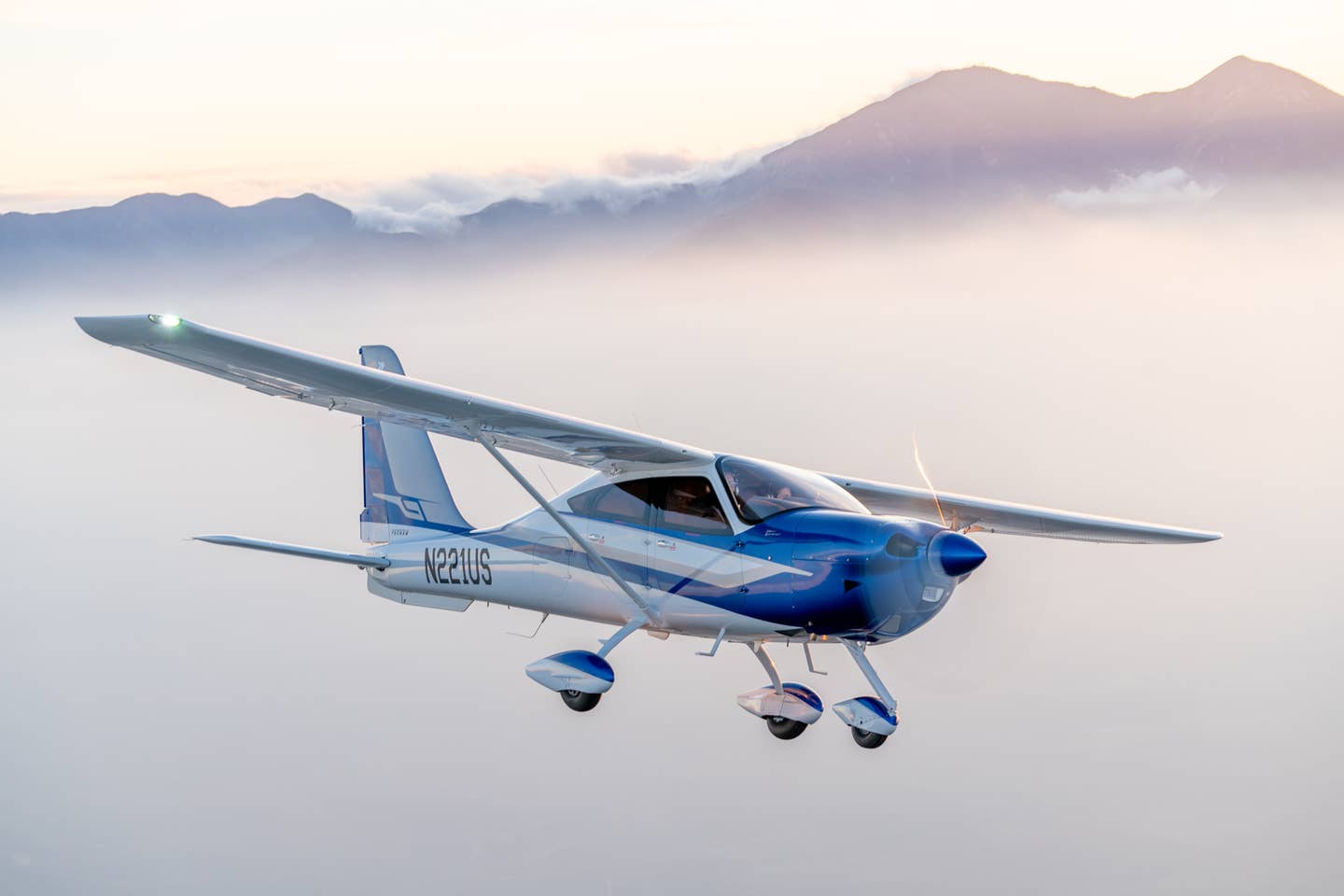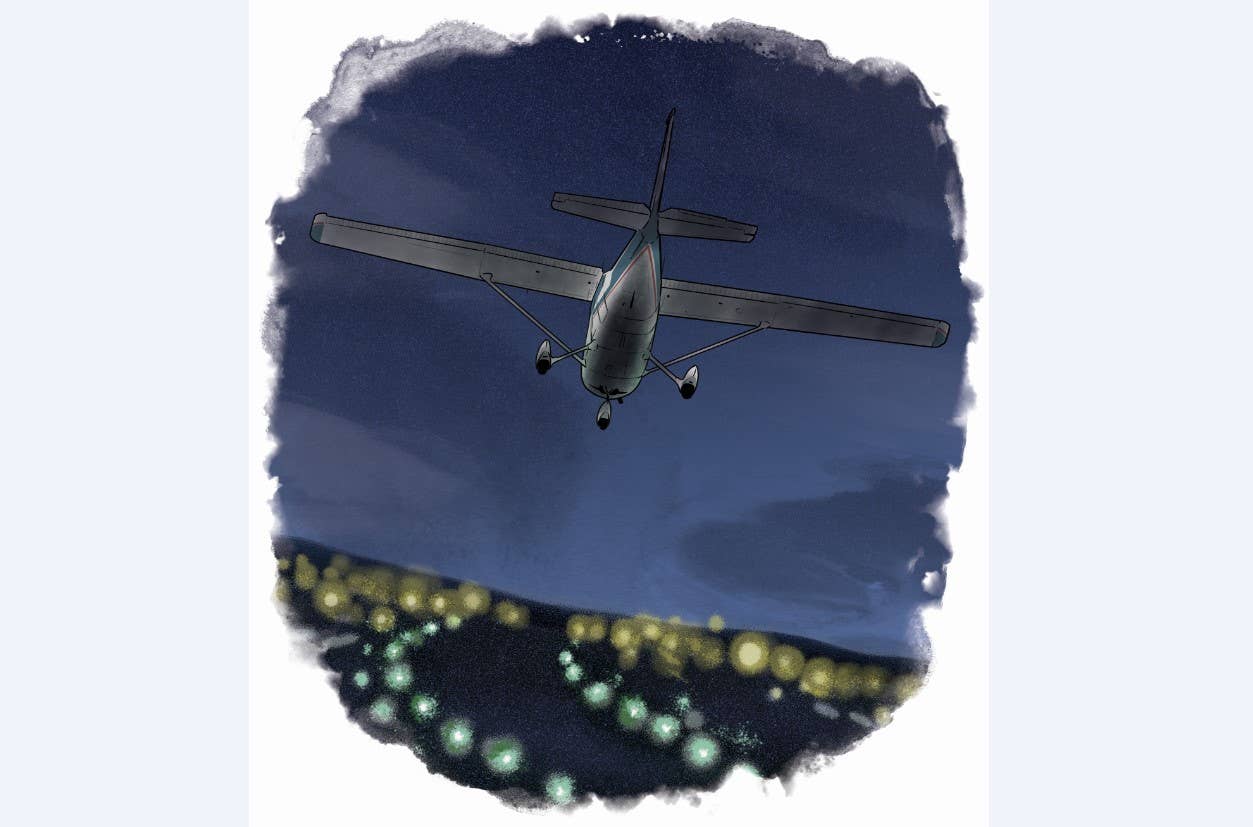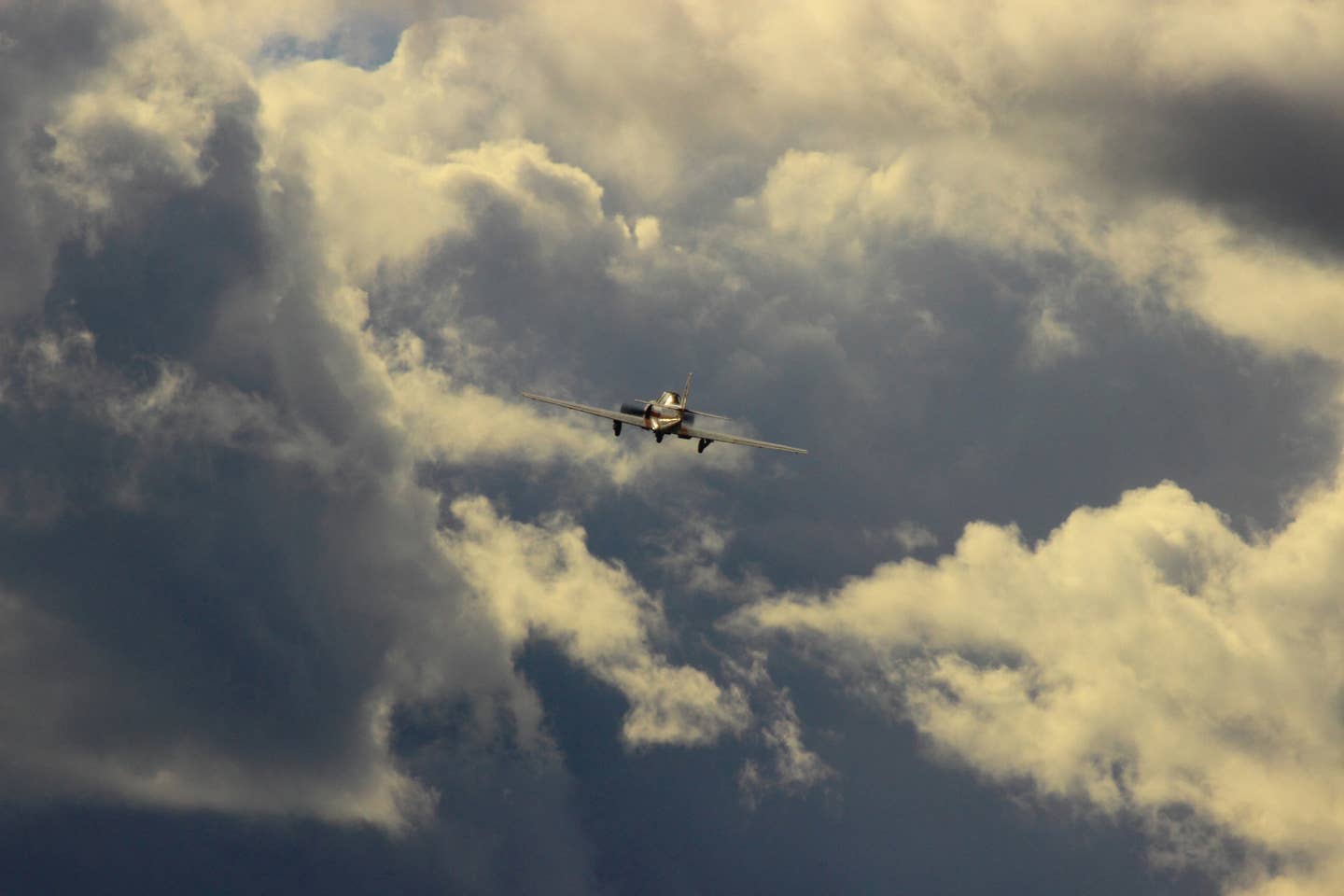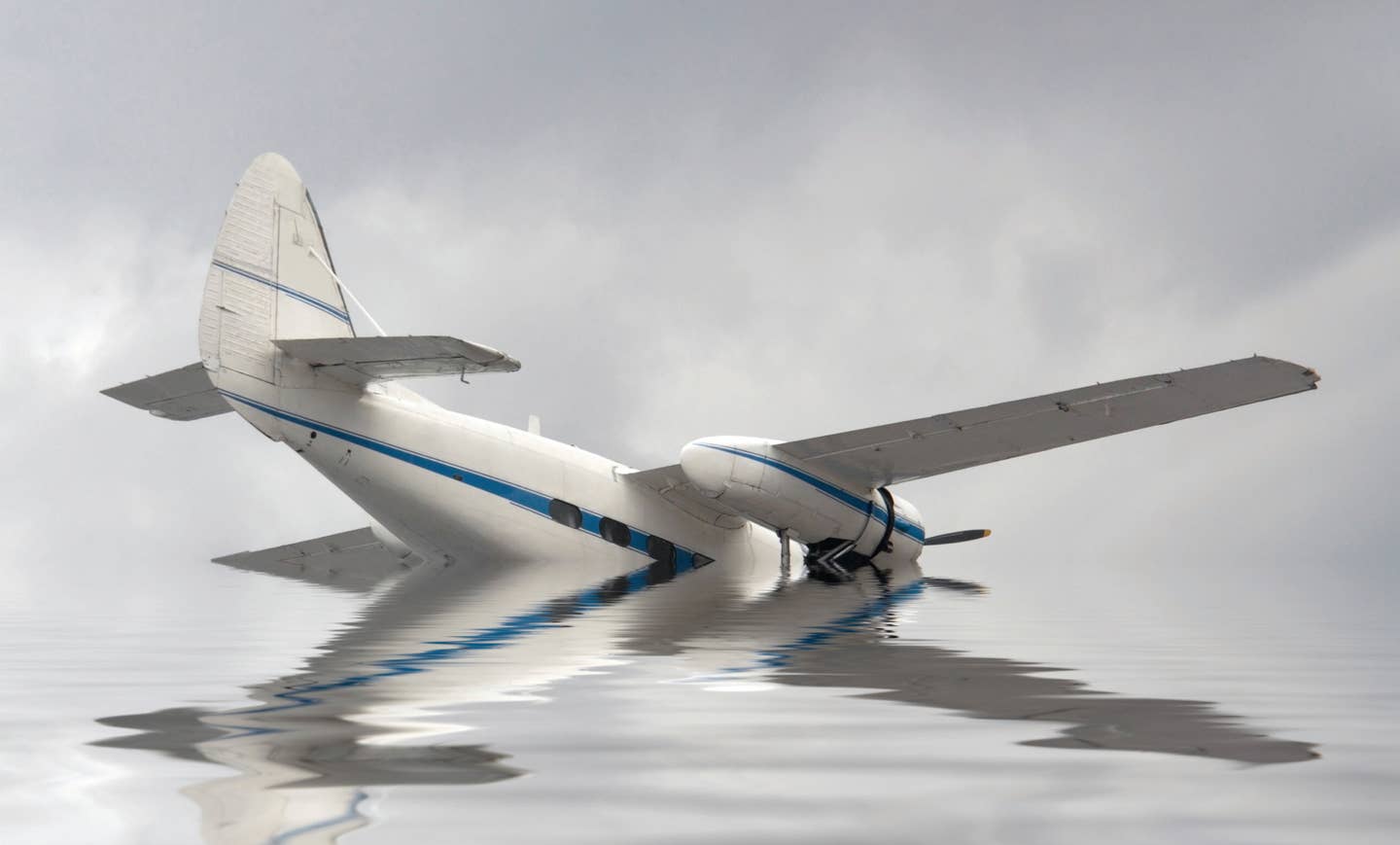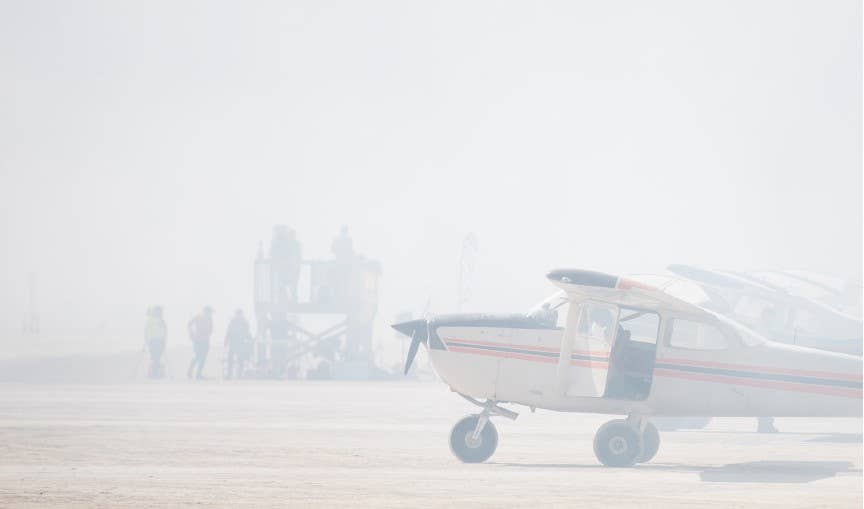Escanaba (KESC) LOC BC Rwy 28
Approach opens a gateway to explore the Upper Peninsula of Michigan.
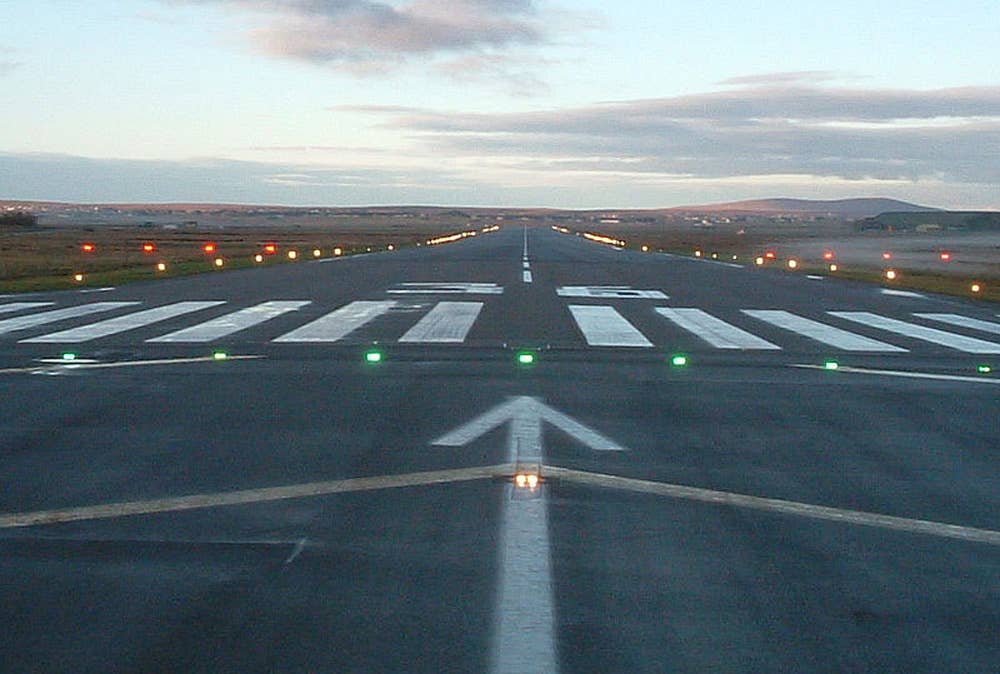
[FLYING file photo]
A gateway airport to the middle of Michigan’s Upper Peninsula, Delta County Airport (KESC) in Escanaba offers a pilot a reliable facility with good approaches close to numerous nearby outdoor activities. With prevailing winds from the west, a pilot in IMC may fly the LOC BC to Runway 28.
If you're not already a subscriber, what are you waiting for? Subscribe today to get the issue as soon as it is released in either Print or Digital formats.
Subscribe NowA) Back Course (BC)
Sometimes, a back course (BC) is present even when it is into the prevailing winds instead of having a full ILS aligned with those winds. It might be for obstacles or equipment-positioning reasons that a glideslope is not able to be established from a particular direction. The BC is “the other side” of an ILS approach and traditionally requires a pilot to “reverse sense” while flying the approach. This means that instead of flying toward the deflected side for course alignment, a pilot would fly away from the direction, or, as most of us remember, “fly the needle to the ball.” Many modern avionics packages have HSI equipment or are digitally able to “flip” the signal and make it so a pilot doesn’t need to fly using reverse sensing. Knowing how your system works is critical to making sure you are correcting in the proper direction when flying this approach.
B) Disregard Glideslope
Note 4 on this approach, like on many back-course approaches, indicates that a pilot should “disregard glideslope indications.” Glideslopes are typically generated on the opposite end of a runway when there is a back course and would lead a pilot along an incorrect descent path. This is a nonprecision approach,and a pilot should establish an appropriate descent rate to arrive at the minimum descent altitude before reaching the missed approach point.
C) Discrete VOR and LOC Frequencies
On this approach the inbound course is generated through using the localizer (I-ESC) on 109.3. The VOR is also on the airport (ESC on 113.55), so be sure you are using the correct navigation source when you are inbound. This becomes especially confusing if you were using the VOR to navigate to the area and then along the DME ARC. Be sure to be selected to the LOC frequency for the inbound course.
- READ MORE: Chart Wise: Ocean City (KOXB) LOC Rwy 32
D) DME ARC Alternative
If you are flying this approach and don’t want to do the DME ARC to establish onto the approach, you can also track outbound from the VOR on a 092-degree radial to the KULAH waypoint, where you will intercept the localizer and then conduct a procedure turn after you are out past the waypoint, which is either 6 DME from the ESC VOR or 5.7 from the I-ESC LOC.
E) VDP and Map Differences
A visual descent point (VDP) is noted with the dark “V” at 1.1 DME from I-ESC, the localizer-based DME. A missed approach point (MAP) is noted at 0.5 DME from I-ESC and is where a pilot would need to go missed if they did not see the runway environment. Be careful not to confuse these DME readings with ones from the ESC VOR a pilot may have previously used to navigate onto the approach or while conducting a DME ARC.
F) Missed Hold Entry Turns Nonprotected Side
When going missed on this approach, a pilot would execute a climb to 2,500 feet, turn right back to the ESC VOR, and then hold. The turn in this case is toward the nonprotected side of the hold for the entry, and once established you will continue right turns while in the hold at 2,500 msl.
- READ MORE: Chart Wise: Spirit of St. Louis ILS 26L
G) Magnetic Disturbance Note
A note on the chart indicates that “magnetic disturbances of as much as 14 degrees exist at ground level in Escanaba.” A pilot is going to want to take that into account when setting their directional gyro. You might be best served to set it based on runway alignment rather than using a comparison to your magnetic compass.
This column first appeared in the July/August Issue 949 of the FLYING print edition.

Subscribe to Our Newsletter
Get the latest FLYING stories delivered directly to your inbox


